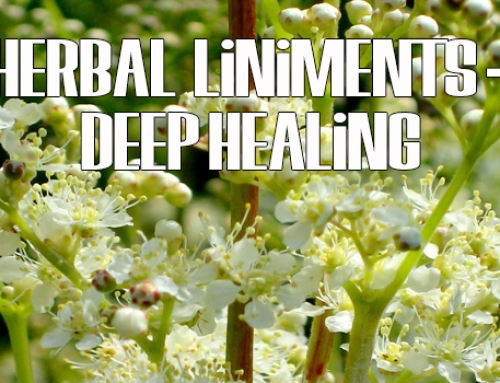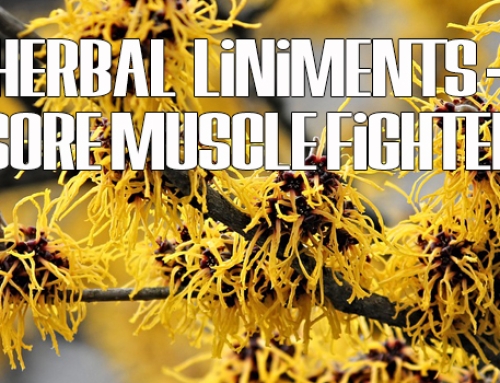What on earth are herbal extracts?
There are certain health promoting compounds that can be found in the plants around us, whether they be wild or cultivated. Herbal extraction is the process of drawing out the therapeutic components of a chosen herb or plant. In many cases, the beneficial compounds we want are tucked away within the fibrous material of the plant which is challenging for our digestive systems to fully break down. You can use herbal extracts to help solve this problem by increasing bio-availability.
Each extraction can be singular (one plant or herb and concentrated compound) or there can be a combination of herbs together for a larger desired effect, but most of the time you will see these in a liquid-based form ready to be ingested.
The liquid used to extract an herb is called a solvent or the carrier, or in traditional herbal language the menstrum. it is the means by which the wanted compounds can be best introduced to your bodily systems. Common solvents are water, alcohol, vinegar, and glycerin. Each solvent has specific things it’s good . . . and not so good . . . at drawing out, so you use different ones based on the type of herb you’re working with, and the desired effect you want have.
Here is the next type of extraction . . .
Liniments – Part XIV
For our last, and final type of herbal extract, we are covering liniments. Now these are similar to the others we have covered here except the herbs wanted are combined with the likes of rubbing or Isopropyl alcohol. My grandmother’s favorite disinfectant has been used for ages since its discovery in the early 1920’s.
It is a topical antiseptic, which means it isn’t meant for any internal use. and it works best with a thorough application and rubbing into the affected area of the body. Keep it away from bodily openings at all costs (eyes, nose, mouth and other areas).
It can also be combined with the likes of Witch Hazel Tincture ( which is alcohol based). A solution that extracts the astringent properties of the bark, flowers, and leaves of the tree.
What Are Liniments?
Liniments are topical remedies, available as oils or liquids, designed to alleviate pain, stiffness, and muscle soreness. While some prefer oil-based liniments, my homemade version uses a base of alcohol and/or witch hazel infused with a blend of powerful herbs. The magic lies in how quickly the alcohol absorbs into the skin, effectively delivering the healing properties of these herbs.
Liniments can be crafted to provide either a warming or cooling sensation, depending on the herbs used. For a more dynamic and soothing experience, I combine cooling herbs like peppermint and menthol with warming herbs such as cayenne and ginger. This alternating effect enhances relief. Additionally, I include herbs like arnica, comfrey, and yarrow to accelerate the healing process.
The result is a potent, fast-acting liniment that not only eases discomfort but also supports faster recovery.
Liniment Recipes
Here are some liniment concoctions you can try:
In this series you will be able to see and gain recipes for your home apothecary remedies that will become the mainstay in your household. Here’s what you can see and learn more of:
- Teas – Infusions and Decoctions
- Tinctures
- Glycerite
- Herbal Syrups
- Herbal Oils & Salves
- Herbal Vinegars
- Herbal Honeys
- Oxymels
- Distillations
- Elixirs
- Electuaries
- Herbal Soaks
- Compresses & Poultices
- Liniments
Come and join us in bringing back the knowledge known by our ancestors and practiced for the health and benefit of those who came before us!






